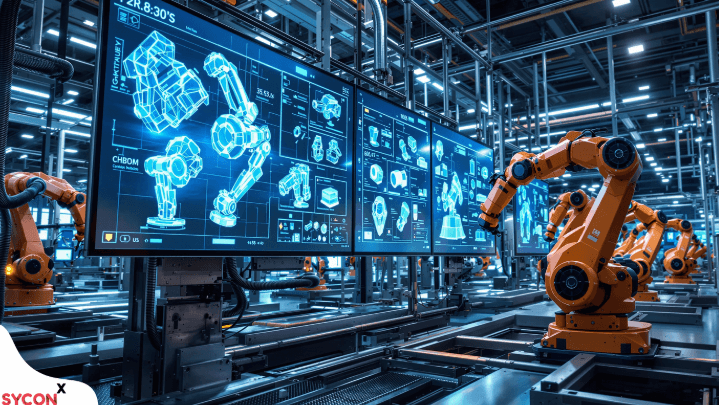How Iot Is Revolutionizing the Supply Chain
The integration of the Internet of Things (IoT) into supply chains is reshaping traditional practices. Enhanced visibility and transparency are achieved through real-time data collection, enabling stakeholders to monitor inventory and assets with precision. Automated systems improve inventory management by minimizing stock discrepancies. This shift towards data-driven decision-making fosters operational efficiency. However, the full implications of IoT on supply chain dynamics extend beyond these enhancements, prompting further exploration into its transformative potential.
Enhancing Visibility and Transparency in Supply Chains
How can the integration of Internet of Things (IoT) technologies fundamentally transform visibility and transparency within supply chains?
By leveraging supply chain analytics and real-time data sharing, organizations can gain unprecedented insights into operational processes.
This connectivity allows for improved monitoring of assets and inventory, fostering a culture of accountability.
Ultimately, enhanced visibility empowers stakeholders to make informed decisions, driving efficiency and fostering freedom in operations.
See also: How Iot Is Enhancing Public Safety in Cities
Optimizing Inventory Management and Logistics
The integration of Internet of Things (IoT) technologies offers significant advancements in optimizing inventory management and logistics.
By enhancing demand forecasting through real-time data collection, businesses can more accurately predict inventory needs. This leads to automated replenishment systems that minimize stockouts and overstock situations, ultimately reducing costs and improving operational efficiency.
Such innovations empower organizations to maintain agile and responsive supply chains.
Improving Decision-Making With Real-Time Data
Real-time data analytics significantly enhance decision-making processes within supply chain management.
By leveraging predictive analytics, organizations can anticipate demand fluctuations and optimize resource allocation.
Effective data integration ensures that information is accurate and accessible, allowing for timely responses to market changes.
This capacity for informed decision-making empowers businesses to navigate complexities with agility, ultimately fostering operational efficiency and enhancing overall competitiveness.
Conclusion
In conclusion, as the Internet of Things transforms supply chains into paragon models of efficiency, one might wonder if the machines will soon demand a seat at the boardroom table. With real-time data driving decisions and optimizing every facet of logistics, it seems the only thing left unmonitored is the human element—perhaps a wise choice, lest the robots uncover just how often we misplace our coffee mugs. Indeed, the future of supply chains is bright, as long as humans remain slightly less efficient than their digital counterparts.





